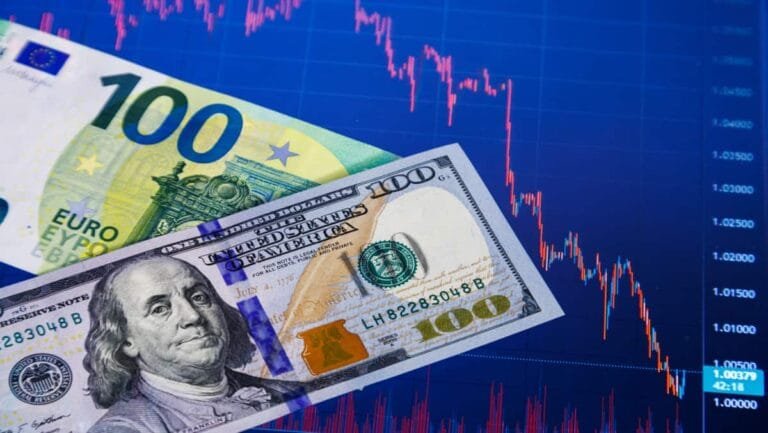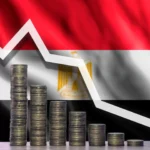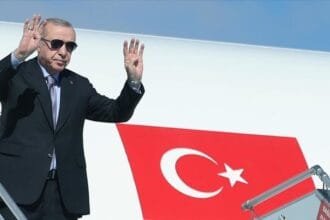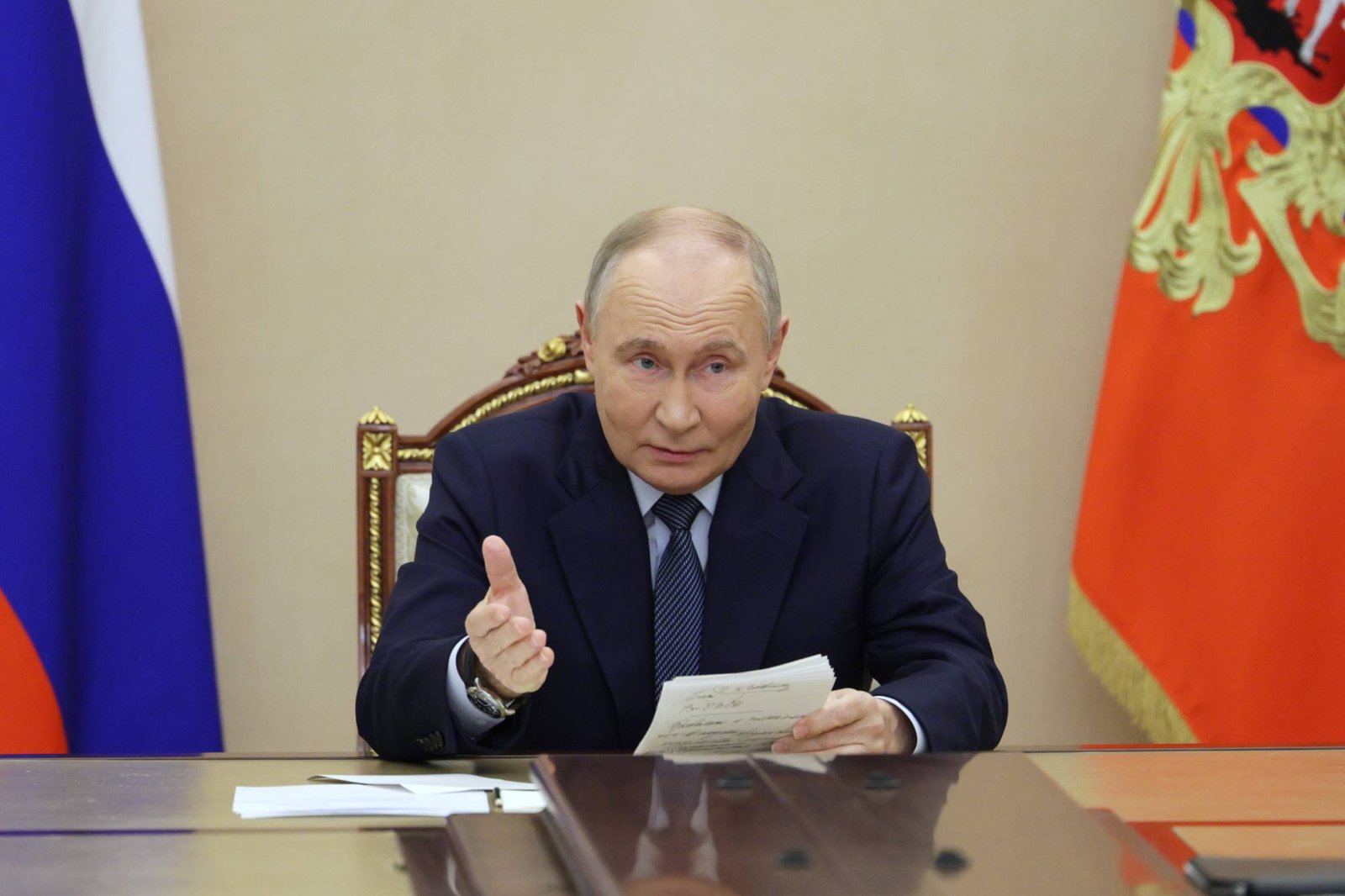Europe – The euro rose slightly against the US dollar on October 21, 2025, by 0.04%, settling at $1.1655.
In the foreign exchange market, the euro was trading at 175.6460 yen against the Japanese yen, 0.8690 against the British pound, and 0.9237 against the Swiss franc.
In contrast, the dollar rose against the yen by 0.08% to 150.7060 yen, while the British pound fell by 0.10% against the dollar to $1.3410.
The euro is facing renewed pressure, especially after failing to break the ascending trend line and its 50-day moving average. Analysts favor the US dollar amid growing concerns about a global economic slowdown. Meanwhile, analysis indicates that key resistance levels for the euro lie at 1.18, while support levels range between 1.15 and 1.14. These levels will determine the market’s direction in the coming period.
At the beginning of Monday’s session, the euro attempted to rise but encountered resistance at the 50-day moving average. This pushed it down. Experts explained that the market had recently broken the ascending trend line. This reflects signs of weakness, despite the failed recovery attempts last Friday.
Analysts point out that the Federal Open Market Committee’s September meeting was expected to lead to a decline in the dollar. However, the US dollar has maintained its strength, supported by global economic concerns that are boosting demand for safe-haven assets such as US Treasury bonds.
Data on US 10-year Treasury yields shows a decline, increasing the dollar’s appeal. Analysts expect turbulent trading to continue. Sideways movement is possible before a final trend is established.
Experts warned against excessive optimism regarding the euro’s rise. They emphasized that a break above 1.15 or a decline below the 200-day moving average at 1.14 would signal a potential downward trend.
Analysts are questioning whether last Friday’s high represents the beginning of a deeper decline, especially given the market’s record lows, which could signal a change in the overall price structure.
Therefore, caution remains necessary when dealing with the euro in light of global economic challenges and expected fluctuations in the foreign exchange market.

















